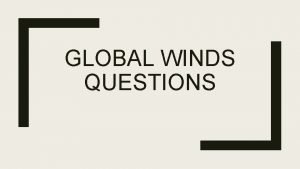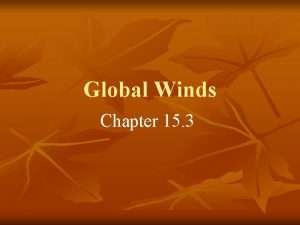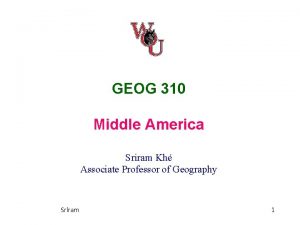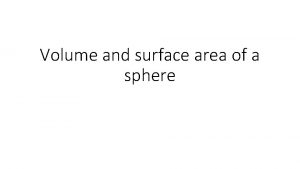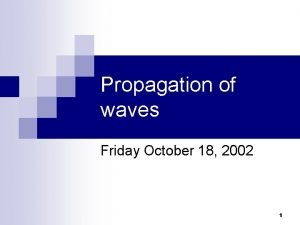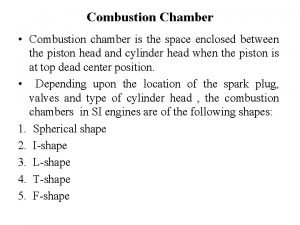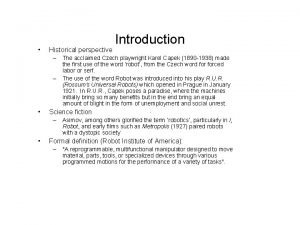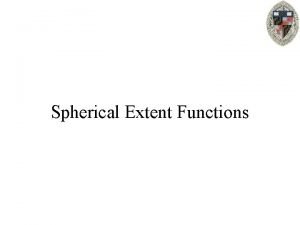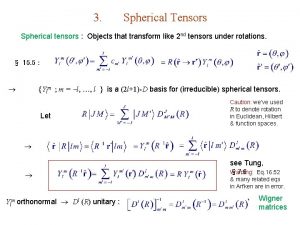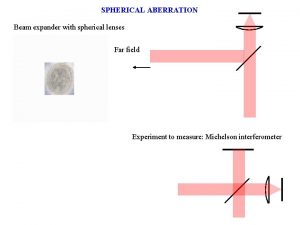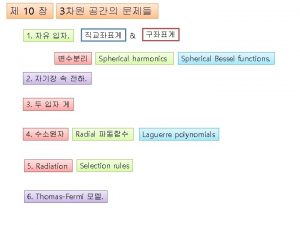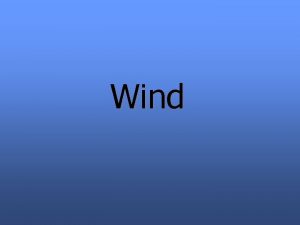Wind Patterns Wind Patterns on a Spherical Earth











- Slides: 11

Wind Patterns

Wind Patterns on a Spherical Earth The spherical shape of the Earth causes Earth’s uneven heating. v The Earth is heated more around the equator and cooler around the poles. v These conditions initiate the worldwide movements of air. v

Wind Patterns on a Spherical Earth v We know that warm air is lighter and less dense, therefore it rises. v We know that cool air is heavier and drops, therefore it flows under the warmer air.

Wind Patterns on a Spherical Earth v v By the time the air reaches north or south latitudes of about 30º, the air has cooled enough that it begins to drop back to the earth’s surface. When the air reaches the Earth, some moves up toward the pole, some move back towards the equator.

Wind Patterns on a Spherical Earth At the same time, cold air is flowing from the poles to the equator. v By the time the air reaches 60º, it has warmed enough to begin to rise again. v The result, three distinct closed patterns of air movement. v


Wind Patterns on a Rotating Earth If the Earth did not rotate, the prevailing wind patterns would be to the north or south.

Wind Patterns on a Rotating Earth v v v If the atmosphere stood still while we rotated underneath it, we would feel a strong wind (~300 m/s). We don’t feel this, therefore, the atmosphere must move with the Earth. Different parts of the earth travel at different speeds (because it is a sphere).

Wind Patterns on a Rotating Earth v v v As a result, when air begins to move north and south due to convection it also moves east. Two points on the same longitude but different latitudes move at different speeds causing a curve in the winds. The influence of the Earth’s rotation on air is called the Coriolis Effect.

Wind Patterns on a Rotating Earth In the central part of the Northern Hemisphere, the Coriolis effect causes winds to blow West to East (Prevailing Westerlies). http: //ww 2010. atmos. uiuc. edu/(Gh)/guides/mtr/fw/crls. rxml http: //www. classzone. com/books/earth_science/terc/content/ visualizations/es 1904 page 01. cfm? chapter_no=visu alization http: //www. eoascientific. com/campus/earth/multimedia/cori olis/view_interactive v


